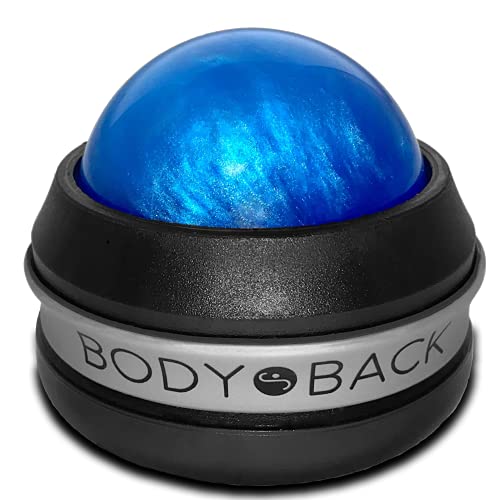Discover the steps to turn on rogue points on plater effectively. Start with identification using our location guide, then activate them through simple techniques like thumb percussion and applying gentle pressure for improved sensitivity. Regular practice is key!
Identify Rogue Points
Location Guide
When it comes to identifying rogue points in your body, think of them like hidden treasure spots waiting to be discovered. Just as a map can guide you through an unfamiliar territory, understanding where these pressure points are located on your body can help you pinpoint exactly what might be causing discomfort or pain.
For instance, did you know that some common areas for rogue points include the temples (temples, anyone?), along the spine, and around the ankles? These areas often serve as gateways to deeper issues beneath the surface. By learning their locations, you can begin your journey towards better understanding and managing any aches or pains.
Pressure Point Detection
Detecting these pressure points is like playing a detective game – but instead of following clues, you’re looking for specific spots where pressing feels either painful or oddly relieving. To start this process, gently massage the areas mentioned in our location guide, paying close attention to any sensations that arise.
Imagine your body as a vast landscape with various landmarks; pressure points are like hidden caves that hold valuable information about your health. By carefully exploring these spots, you can uncover what might be causing those nagging pains or discomforts. Remember, every step towards identifying these points is another step closer to relief and improved well-being.
Activate Rogue Points
Use Thumb Percussion
Imagine your body is a map filled with hidden treasures waiting to be discovered. Your thumb becomes your trusty compass, guiding you through these uncharted territories. To effectively use thumb percussion, start by finding a pressure point that feels like it needs attention—this could be an area where you frequently experience tension or pain. Place the tip of your thumb on this spot and gently tap with quick, firm strokes. Think of it as tapping out the rhythm of your body’s discomfort, gradually soothing away the stress. For best results, maintain a steady pace, similar to how you might drum on a beat, ensuring consistent pressure throughout.
Apply Gentle Pressure
Now that you’ve identified those rogue points, it’s time to treat them with care and attention. Using gentle pressure is like giving your body a soft hug—slow, nurturing, and effective. Place the pads of your thumb or fingers over the targeted area and apply a light but firm touch. Imagine pressing down on a ripe tomato gently; you want enough pressure to notice the sensation without causing discomfort. Breathe deeply and allow yourself to relax into this moment. Spend a few minutes at each point, gradually increasing the duration as you get more comfortable with the technique. This gentle approach helps your body release tension naturally, making it easier for you to feel relief and improve overall well-being.
Enhance Sensitivity
Warm-Up Area
Before diving into any self-care routine, it’s essential to warm up your body—think of it like stretching before a workout. Just as warming up helps prepare muscles for more intense activities, gently massaging or applying light pressure can help your body get ready to feel and respond better to touch. You can start by rubbing the area with your hands or using a soft brush to stimulate blood flow. This not only prepares the tissues but also helps in identifying any tight spots that might need extra attention.
Practice Regularly
Consistency is key when it comes to enhancing sensitivity. It’s like learning a new language; you get better at it with practice. Try setting aside some time each day, even if it’s just five minutes, to focus on these areas. Over time, you’ll notice improvements in how your body responds and how deeply you can feel the sensations. Regular sessions also help build muscle memory, making it easier for your body to recognize and respond to different touch intensities.
